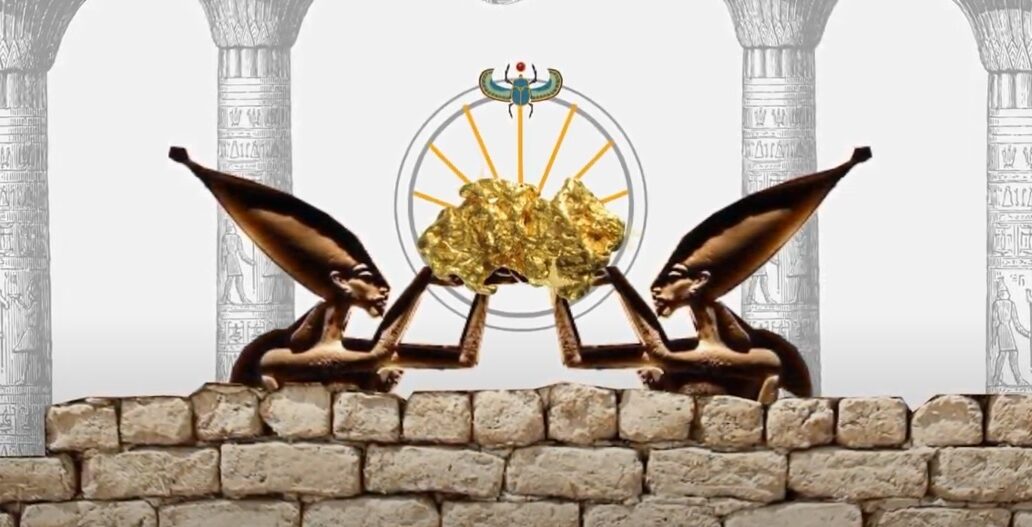It is difficult to pinpoint exactly who invented jewelry since the use of ornaments and adornments dates back to prehistoric times. However, archaeologists have discovered evidence of early forms of jewelry that were used by ancient civilizations for both practical and decorative purposes.
One of the earliest forms of jewelry was likely the use of shells and animal teeth as adornments. These items were often strung together to create necklaces or bracelets and were used by early humans for thousands of years. The use of these natural materials evolved over time to include more intricate designs and the addition of other materials such as bone, stone, and metal.
The Ancient Egyptians are credited with some of the earliest forms of elaborate jewelry design. They used precious metals such as gold and silver to create intricate necklaces, bracelets, and earrings. These items often featured gemstones and were highly symbolic, with many designs inspired by gods and goddesses.
In Ancient Greece, jewelry was also highly prized and was often worn as a symbol of status and wealth. The Greeks were skilled in creating intricate designs using a variety of materials including gold, silver, and precious gemstones. They also used mythology as inspiration for their designs, with many pieces featuring depictions of gods and goddesses.
During the Renaissance period in Europe, jewelry design continued to evolve, with the rise of precious gemstones such as diamonds and rubies. Jewelry was often commissioned by wealthy patrons and royalty, with intricate designs featuring a combination of metals and gems. The use of enamel and filigree also became popular during this time, with artisans using these techniques to create highly detailed designs.
In the 20th century, modern jewelry design emerged as a new form of art. Artists such as Pablo Picasso and Salvador Dali created unique jewelry designs that were both functional and highly artistic. Jewelry designers such as Coco Chanel and Elsa Schiaparelli also became popular for their innovative designs, using a range of materials including plastics and other non-traditional materials.
Today, jewelry design continues to evolve and incorporate new materials and technologies. Designers are using 3D printing and computer-aided design to create intricate and unique designs that were once impossible to create by hand. Modern jewelry also often incorporates non-traditional materials such as recycled plastic and sustainable materials.
While it is difficult to pinpoint exactly who invented jewelry, the use of ornaments and adornments dates back to prehistoric times. Jewelry has evolved over time, with early designs using natural materials such as shells and animal teeth, and later designs incorporating precious metals and gemstones. Today, jewelry design continues to evolve and incorporate new materials and technologies, with designers pushing the boundaries of what is possible in terms of design and function.
